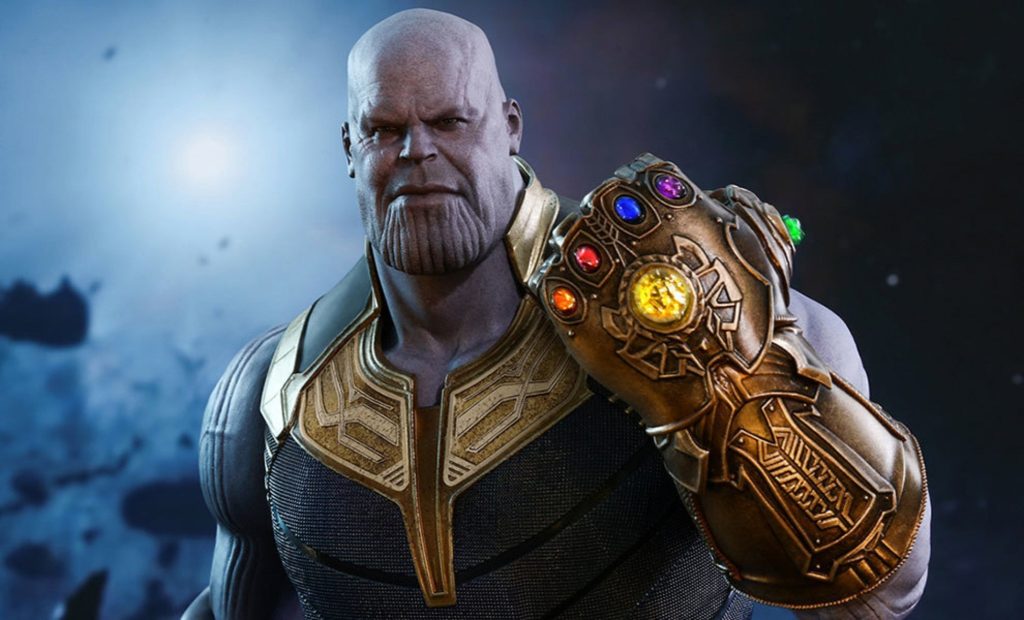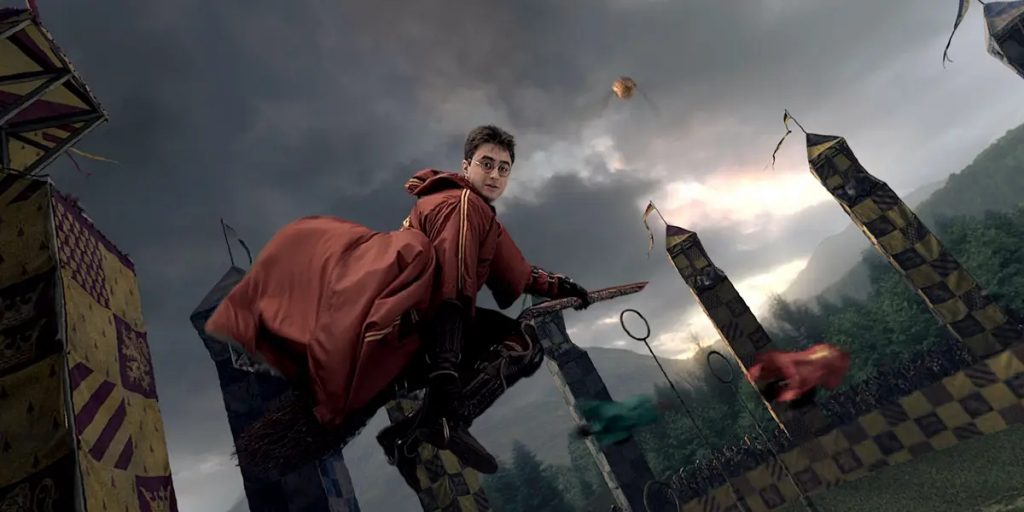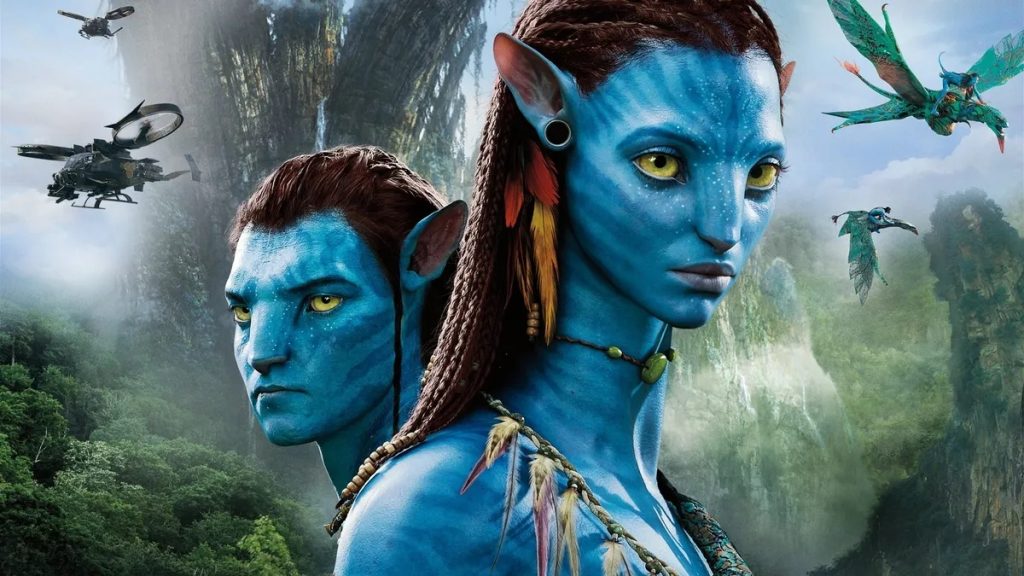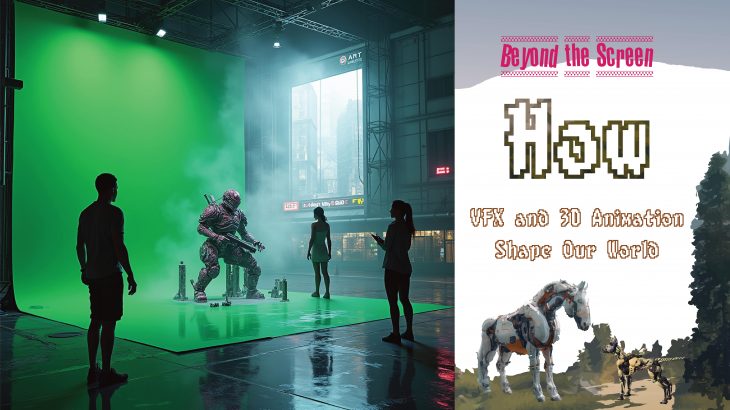Have you ever watched a movie and been amazed by the stunning visual effects or a life-like animated character? That’s the magic of VFX and 3D animation—they turn creative ideas into reality! These techniques are not just for films and games; they’re shaping industries like architecture, medicine, and education.
As technology advances, the need for skilled artists in film, gaming, and virtual reality continues to rise. The boom in OTT platforms (Netflix, Disney+, etc.), gaming, and virtual production is creating exciting career opportunities like never before. If you have a passion for crafting stunning visuals, now is the perfect time to explore how VFX and 3D animations are transforming the future of design. Read on for more!
Let’s explore some techniques used by professionals in this blog.
Understanding VFX Techniques and Their Applications
- CGI (Computer-Generated Imagery) is the process of creating digital images, objects, and environments using computer software. From bringing imaginary worlds to life in films and games to helping architects visualize designs before construction, CGI transforms ideas into reality. In education, it simplifies complex concepts through interactive 3D models, while in medicine, it aids in surgical simulations and research. With advancements in AI and real-time rendering, CGI is becoming faster, more immersive, and more accessible, making it an essential skill for the future of design, storytelling, and innovation.
CGI played a crucial role in bringing Thanos to life in Avengers: Endgame. Since he is a complete 3D digital character, CGI was used to craft every detail, from his towering physique to his subtle facial expressions. But Thanos isn’t the only example, from the hyper-realistic animals in The Lion King to the futuristic worlds of Avatar, CGI continues to push the boundaries of what’s possible in filmmaking and beyond.

Image Courtesy: Google
- Green screen (chroma keying) is one of the most essential techniques in filmmaking for graphic design students and aspiring VFX artists. It allows filmmakers to replace a solid green or blue background with any CGI environment, scene, or effect, making impossible animated worlds come to life on screen.
A great example is the Harry Potter series, where scenes like the Quidditch matches used green screens to create vast flying sequences. Actors performed in front of a green backdrop, and CGI was later added to place them in magical stadiums high above the ground. This technique helped transform J.K. Rowling’s world into a visually stunning experience. From Hollywood blockbusters to YouTube content creation, green screen technology is a must-learn skill for anyone looking to build a career in VFX, animation, and digital media!

Image Courtesy: Google
- Motion capture (mo-cap) is revolutionizing how we create realistic animations, offering designers the ability to record real human movements and transfer them to digital characters. This technology is becoming essential across industries like gaming, film, virtual reality, and even robotics.
In films like Avatar, motion capture helped bring the Na’vi characters and the world of Pandora to life by recording every tiny movement and facial expression of actors, transforming them into fully realized CGI characters. In fact, over 100,000 facial expressions were captured for just one character in Avatar, showcasing how detailed and immersive Mo-cap technology can be.

Image Courtesy: Google
- Particle effects are used to create realistic simulations of things like smoke, fire, rain, dust, and explosions in digital environments. These effects add detail and life to scenes, making them feel more real.
For example, in The Lord of the Rings: The Return of the King, during the battle scenes, particle effects were used to show flying arrows, dust from soldiers’ movements, and smoke from explosions. These tiny details helped make the action feel intense and immersive, bringing the massive battles to life.
As a designer or student, understanding how to use particle effects is important because it allows you to create more dynamic, believable environments. Whether you’re working in film, games, or virtual reality, mastering this technique can help you take your designs to the next level and make your work stand out.

Image Courtesy: Google
- Digital compositing is a powerful tool used in many creative fields. It’s what makes ads, social media content, and even video games look more polished by combining different images and effects into one seamless visual. Whether it’s adding realistic backgrounds to product photos for online stores or creating exciting visuals for a music video, compositing lets you mix and match elements to create something new. It’s also used in fields like architecture and healthcare to visualize designs or combine medical scans.
By mastering compositing, you’ll have the skills to create visually stunning designs that mix real and digital elements seamlessly, giving you more creative freedom in any project!
At our college, we recognize the transformative potential of VFX and 3D animation, not only in entertainment but also across diverse fields like architecture, healthcare, and marketing. Whether you’re considering Degree Courses in Animation & VFX or exploring Graphic Design Courses after 12th, this is your chance to master the skills that are reshaping industries globally.
From crafting eye-catching visual effects for films to designing groundbreaking architectural concepts or visualizing intricate medical procedures, VFX and 3D animation open doors to a variety of career opportunities. With a focus on hands-on learning and guidance from experienced faculty, we empower you to push boundaries and excel in these innovative fields. Are you ready to explore this world of creativity and technology? Let us know which field excites you the most, and let’s make your dreams come to life!
